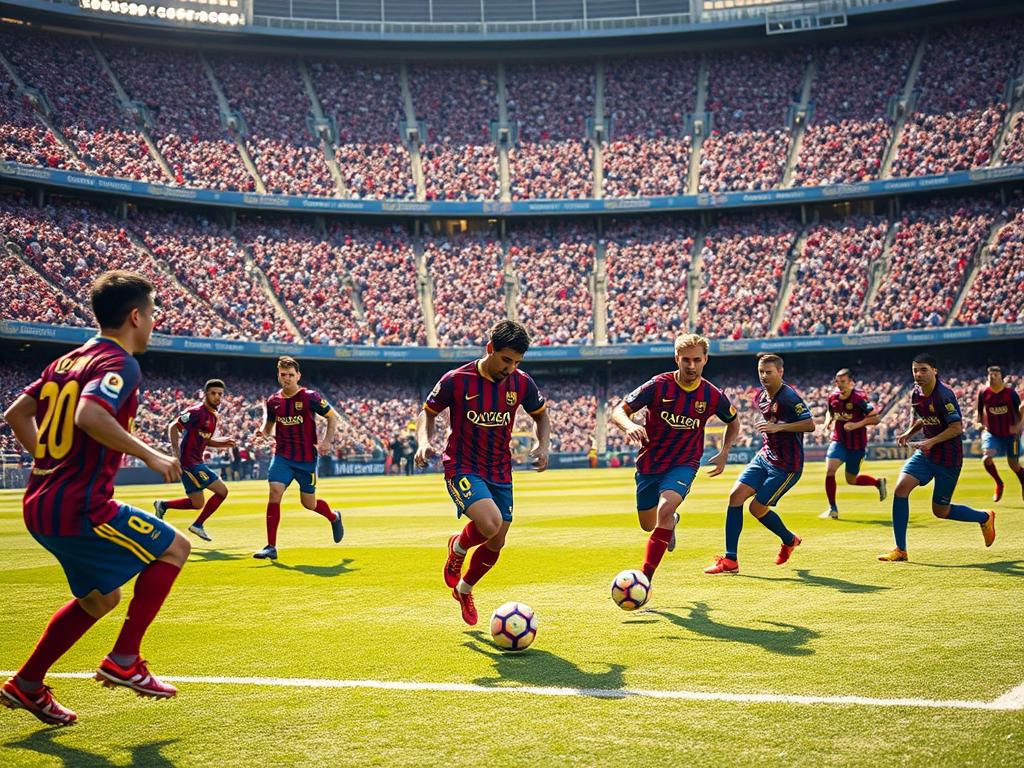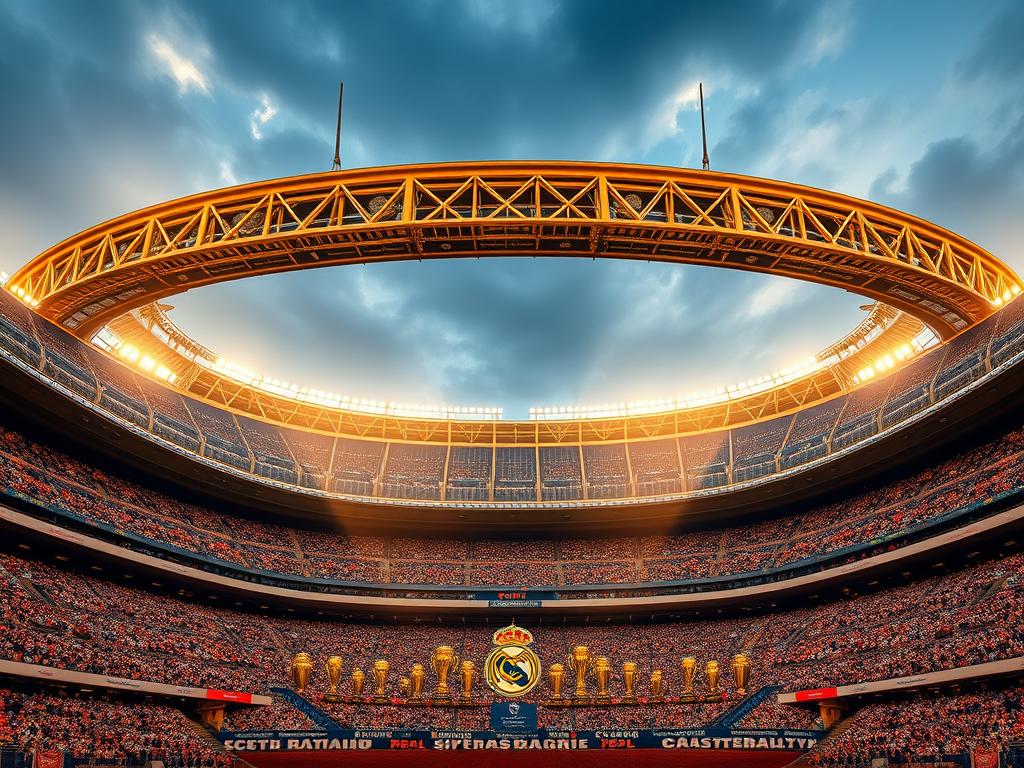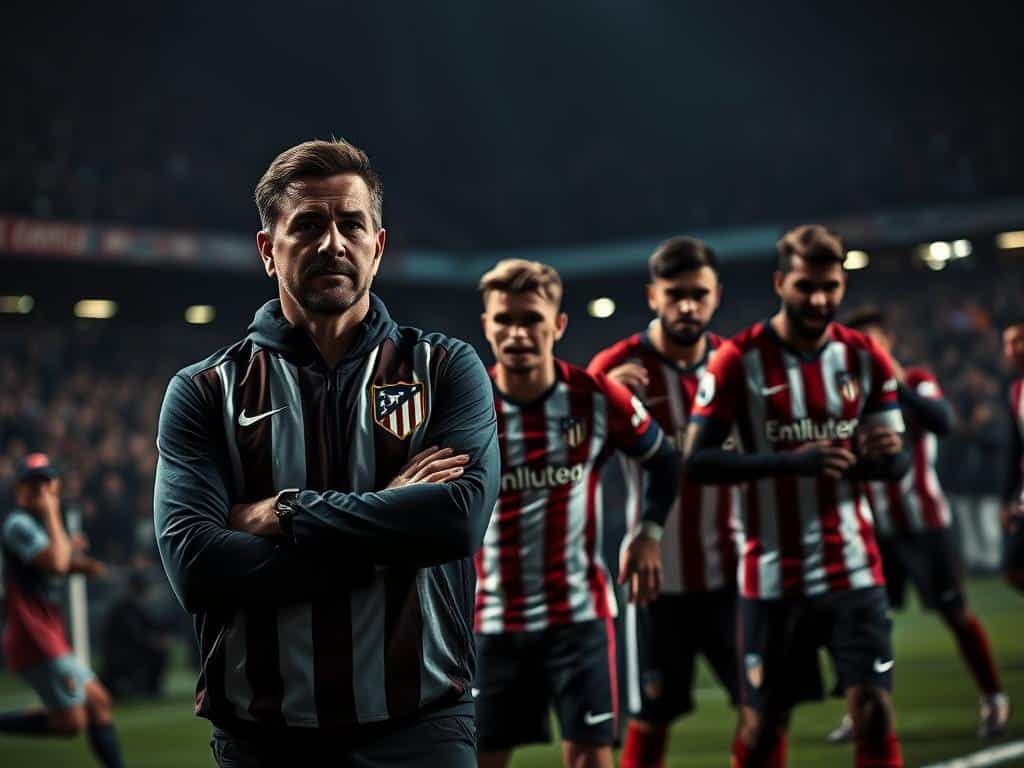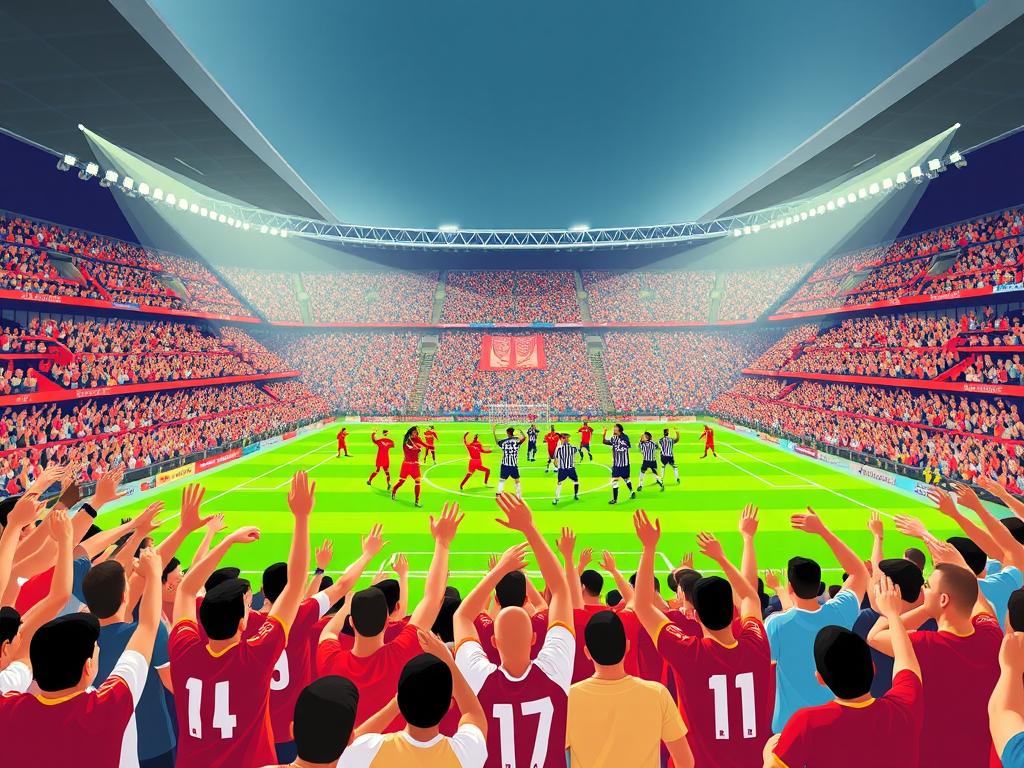Ever wondered how a football team can dominate a game with relentless possession and precise passing? The answer lies in a revolutionary philosophy that changed the sport forever. This approach isn’t just about keeping the ball—it’s about controlling the rhythm of the match.
Pioneered by legendary players and coaches, this method turns short, quick passes into a weapon. Opponents chase shadows while the team carves through defenses. It’s not just a style—it’s a mindset that demands intelligence, teamwork, and patience.
Want to learn how this strategy led to historic victories? Dive in to uncover the secrets behind one of football’s most admired tactics. Discover how mastering the basics, like Andrés Iniesta’s passing skills, can elevate any team’s performance.
The Origins of Tiki-Taka: From Cruyff to Guardiola
Soccer history pivoted when Dutch brilliance met Catalan creativity. What began as a radical philosophy in the late 1980s became the foundation for modern dominance. Johan Cruyff’s Total Football wasn’t just a tactic—it was a revolution.
Johan Cruyff’s Total Football Influence
Cruyff transformed Barcelona by importing Dutch principles. Players swapped positions seamlessly, confusing opponents. “Why couldn’t you beat a richer club? I showed how,” he famously said.
Louis van Gaal advanced this vision. He debuted teens like Xavi and Iniesta, proving Cruyff’s “if good enough, old enough” mantra. Over time, these ideas evolved into a winning machine.
Pep Guardiola’s Tactical Revolution
In 2008, Pep Guardiola took the helm—and made bold moves. He sold stars like Ronaldinho, trusting La Masia graduates instead. Busquets and Pedro became key pieces in his Total Football-inspired system.
The term “tiki-taka” emerged mockingly during Spain’s 2006 World Cup run. Yet Guardiola perfected it. His 2008 squad became unstoppable, blending Cruyff’s philosophy with relentless pressing. Later at Manchester City, he’d adapt these principles again.
The Core Principles of FC Barcelona’s Tiki Taka Style
What makes a football strategy so effective that opponents struggle to even touch the ball? It’s built on three pillars: relentless possession, intelligent movement, and lightning-fast recovery. Together, they form a system that feels like playing chess at full speed.

Possession as a Weapon: Short, Sharp Passing
Picture this: a team completes 20 consecutive 5-yard passes. Defenders chase shadows while gaps open like magic. This isn’t just keeping the ball—it’s exhausting rivals mentally and physically.
In the 2008/09 season, this approach led to 72% average possession in Champions League matches. Players like Sergio Busquets mastered the pivot role, hitting 94% pass accuracy in finals. Short passes became deadlier than long balls because they controlled the game’s rhythm.
Fluid Movement and Positional Interchange
Static players? Not here. Wingers cut inside, fullbacks overlapped, and midfielders swapped positions seamlessly. Lionel Messi’s false nine role confused defenders—was he a striker or a playmaker?
The secret was geometry. Triangular passing combinations sliced defenses open. Before receiving the ball, players already created passing lanes. It was 3D chess on grass.
High Pressing and Quick Recovery
Lose the ball? Win it back in 6 seconds. Pep Guardiola’s rule turned turnovers into instant attacks. Three teammates would swarm the carrier, forcing 24% of recoveries in the opponent’s third.
The pitch transformed too—stretching to 40 meters wide in attack, then compressing to 20 meters in defense. This “resting with the ball” concept tired opponents without sprinting.
Barcelona’s Golden Era: Dominance with Tiki-Taka
Few eras in football history match the sheer brilliance of Barcelona Spain’s golden run between 2008-2012. The club and national team became synonymous with success, blending tiki-taka’s artistry with relentless trophy collection.
2008-2012: A Historic Run of Titles
Pep Guardiola’s arrival in 2008 sparked a revolution. His debut season alone delivered a champions league, La Liga, and Copa del Rey treble—a first for the club. By 2012, they’d won 14 trophies, including two champions league titles.
The 2009 final showcased perfection. Xavi completed 96 passes, dictating play as Barcelona outclassed Manchester United 2-0. That same year, a 6-2 thrashing of Real Madrid proved tiki-taka’s ruthless edge.
The 2010 World Cup and Spain’s Tiki-Taka Triumph
Seven Barcelona starters powered Spain’s 2010 world cup win. Andrés Iniesta’s volley in the final—born from a 18-pass move—sealed the victory. It was tiki-taka’s crowning moment on the global stage.
Spain’s golden generation didn’t stop there. They added Euro 2008 and 2012 titles, completing an unprecedented international triple. Their 35-match unbeaten run remains a testament to the system’s dominance.
Guardiola’s blueprint didn’t just win games—it redefined modern football. As Sir Alex Ferguson admitted, his 2011 champions league final opponents were “the best team I’ve ever faced.”
Key Players Who Defined Tiki-Taka’s Success
Behind every legendary football strategy stand the players who brought it to life. These maestros turned tactical blueprints into breathtaking reality through precision passing and intelligent movement. Let’s meet the architects of dominance.

Xavi and Iniesta: The Midfield Maestros
Picture this: Xavi completing 89.5% of his 669 passes at the 2010 World Cup. Alongside Andrés Iniesta, they formed football’s ultimate brain trust. Their telepathic understanding sliced defenses like warm butter.
Xavi’s “metronome” role saw him average 100+ passes per game. Iniesta’s Stamford Bridge miracle in 2009—a last-minute rocket—showcased his big-game magic. Together, they won 3 champions league and 6 copa del rey titles.
Lionel Messi’s Role as the False Nine
When Lionel Messi moved centrally in 2008, football changed forever. His 38-goal, 18-assist season redefined the false nine position. Defenders faced an impossible choice: mark him and leave space, or give him room to create.
Messi’s hybrid role blended playmaking with lethal finishing. He dropped deep to overload midfield, then exploded into the box. This tactical wrinkle became tiki-taka’s knockout punch.
Sergio Busquets: The Unsung Anchor
“You watch the game, you don’t see Busquets,” said Pep Guardiola about his midfield anchor. The stats told another story—11 recoveries and 92% pass accuracy in the 2011 UCL final.
Sergio Busquets mastered the dark arts of positioning and anticipation. His stealthy interceptions launched attacks, proving defensive work could be beautiful too.
The Evolution and Challenges of Tiki-Taka
Football tactics evolve like living organisms—adapt or fade away. Even the most dominant style faces moments of reckoning. For tiki-taka, that moment came when opponents cracked the code.
How Opponents Adapted to Counter the Style
Parked buses and lightning counters became kryptonite. Teams like Bayern Munich exposed weaknesses in the 2013 UCL semifinal, winning 7-0 on aggregate. Defenders sat deep, forcing tiki-taka to break low blocks—a puzzle it struggled to solve.
Pep Guardiola once said, “If you pass sideways, you’re safe but harmless.” Opponents exploited this. They funneled play wide, then hit on breaks. The game had changed, and so did the play.
Guardiola’s Adjustments at Bayern and City
At Bayern Munich, he injected verticality. Thiago Alcântara’s direct passes cut through lines faster than Xavi’s circulations. By 2015, Bayern averaged 20% more forward passes than his Barcelona teams.
Manchester City marked another leap. Erling Haaland’s arrival forced a hybrid system—71% possession with blistering transitions. Their 18-pass UCL goal against Real Madrid in 2023 showed tiki-taka 2.0: control and chaos.
Guardiola’s genius? He never feared change. As he put it, “I’d rather reinvent than become a dinosaur.” Today, 82% of UCL teams blend his principles with modern twists. For more on tactical shifts, explore the evolution of soccer tactics.
Tiki-Taka’s Lasting Legacy in Modern Football
The beautiful game transformed forever when this philosophy took root. Today, 78% of La Liga managers learned under its influence. Even Manchester United adopted elements after their 2011 league final defeat.
Youth academies worldwide now teach the 3-second passing rule. Coaches like Arteta and De Zerbi blend its principles with modern twists. FIFA data shows a 23% rise in short passes since 2010—proof of its global impact.
Beyond stats, it proved success and artistry can coexist. From AI training tools to Klopp’s high-energy style, every team owes it a debt. The pitch became a canvas, and football—a masterpiece.







